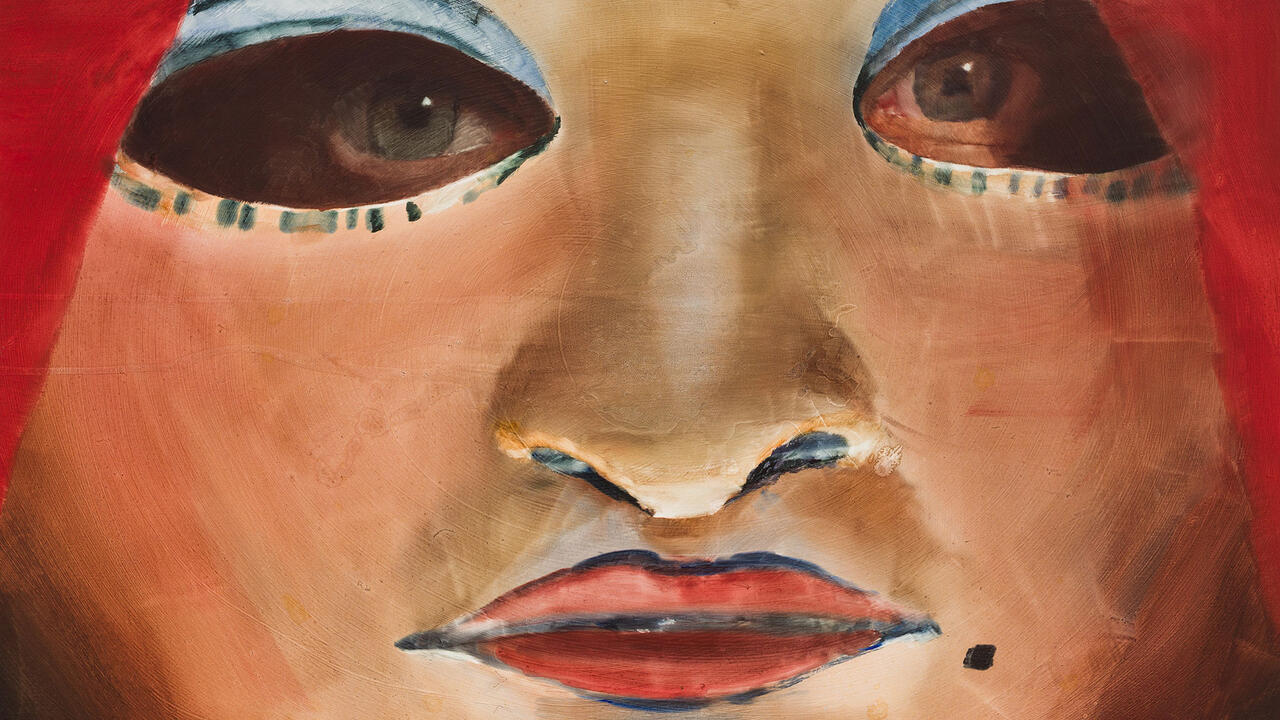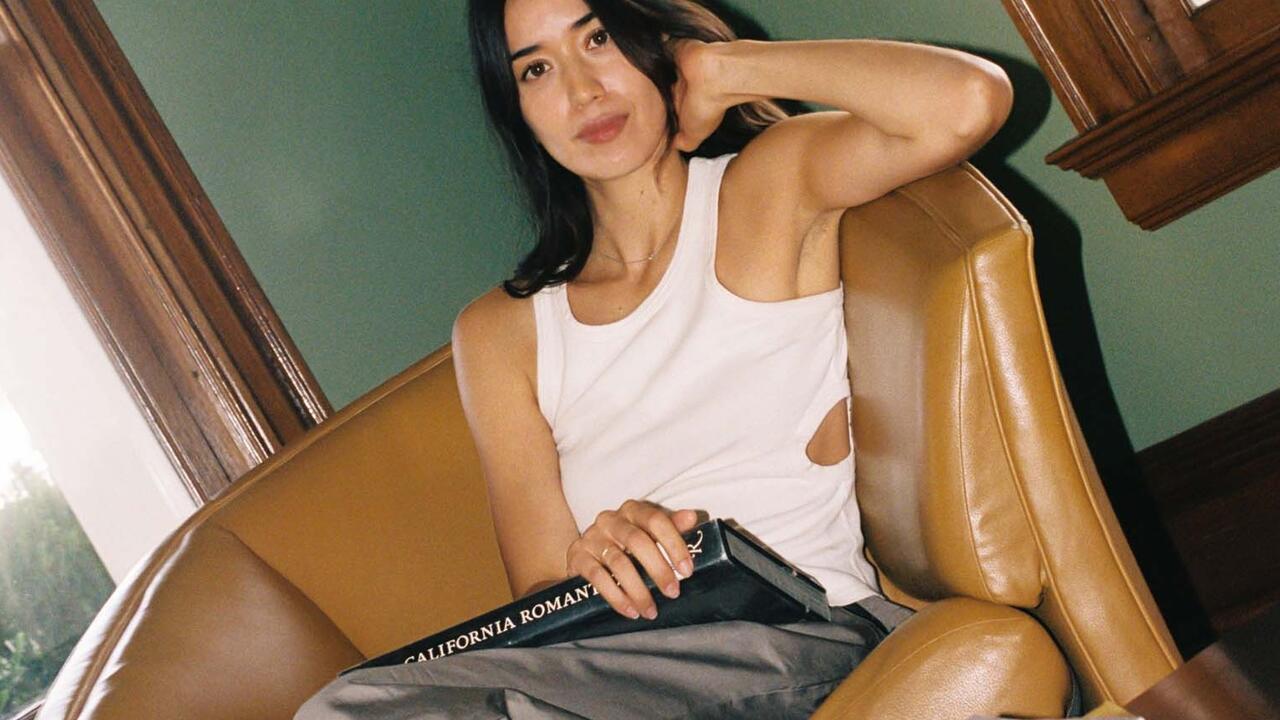Marie Lund

There was something very hands-on about Marie Lund’s first solo exhibition at Croy Nielsen, ‘Clickety Click’. A roughly hewn wooden sculpture that approximated a portrait bust looked ready to be packed into the small silver suitcase it sat on, clicked shut and wheeled away (Clickety Click, all works 2012). Several weirdly twisted bronze figurines (‘Handles’) lying on the floor or leaning against the walls were somewhere between classical figures and gnarled pieces of driftwood, and did seem to want to be picked up and fondled, or at least grasped in the hand. Three monochrome canvases (‘Stills’) hanging low on the walls, meanwhile, rejected the authority that the word ‘monochrome’ implies, their surfaces offering instead a subtle play of shaded stripes. There was a palpable history behind each group of works that roused curiosity beyond the objects’ immediate aesthetic appeal and prompted questions about previous incarnations and the decisions and processes that led to their exhibition.
The materials Lund used here all had former lives, and that is perhaps the point. The monochromes turn out to be old velvet curtains – red, pink and blue – bought on eBay and stretched onto frames, their reverse sides on view. Their faded, irregular stripes are the result of countless years of sunlight shining through windows onto their folds, like a slow-motion photographic bleaching. Lund also found the wooden sculpture on eBay (though it was no doubt a more traditional carving at that point) then chiselled it away to erase all signs of its previous form or any wear-and-tear on its surface. In one sense this leads the sculpture away from its former task of representation and back towards its material; but it points even more to the process of restoration (or perhaps, rather, repurposing) in itself. No longer figurative, but also not quite abstract, the work is a physical enactment of the encounter between artist and material, and the time implicit in the working process. Its pragmatic suitcase-plinth, meanwhile, suggests a mobile future.
The bust was part of Lund’s series ‘The Very White Marbles’ (2010–ongoing), in which she sources sculptures on eBay – usually domestically scaled, more or less traditional forms – and removes all traces and defining characteristics from their surfaces, transforming them into awkward lumps of wood or stone. The craftsmanship that led to the original versions is overwritten by Lund’s rough handiwork in sanding, rubbing off paint and chipping the smooth contours away. The series poses the question: can memory be subtracted?
Before embarking on her solo career, Lund spent several years working together with fellow Danish artist, Nina Beier. The transformation and incremental changes that occur with the passing of time also informed their works, both sculptural and social collaborations in which the time-based and material constituents of art events were put under the spotlight. For one such event at Tate Britain, The Division (2007), the artists announced that 50 beautiful people would be invited to attend, but no further information was offered. The resultant curiosity and eyeballing at the event implicated the audience itself as material, in an amusing riff on the social awkwardness of such occasions, not to mention the subjective nature of beauty.
Lund’s new works at Croy Nielsen are also collaborations, in a way: ‘The Very White Marbles’ with the unwitting creators of the original sculptures, while the bronze ‘Handles’ are a posthumous collaboration with Auguste Rodin, whose original seated figure was subjected to much pulling and twisting before being cast again in bronze. In Lund’s work, there is always a given to start with that invites us to consider the obstinacy of material through time, where objects bear the brunt of changing conventions or the knocks and bumps of years of use, but still retain their resilient presence. There is something animistic at work in these pieces. The refashioned objects seemed to mask secret narratives; who knows in what unknown interiors the curtains hung, bearing witness to decades of quotidian drama. Taken in these terms, every Gegenstand is a miniature history, and memory cannot be erased despite concerted efforts at chiselling, stretching or warping.
This show read like a taster of what might be to come from Lund. In opting for the time-consuming, hand-made processes of bronze casting or wood carving, rather than more digitally allied forms of sculptural production, she suggests a continuation with the past. But the works themselves remain absolutely in the present. In fact they are about the present, and grasping the physicality that each moment in time offers.














